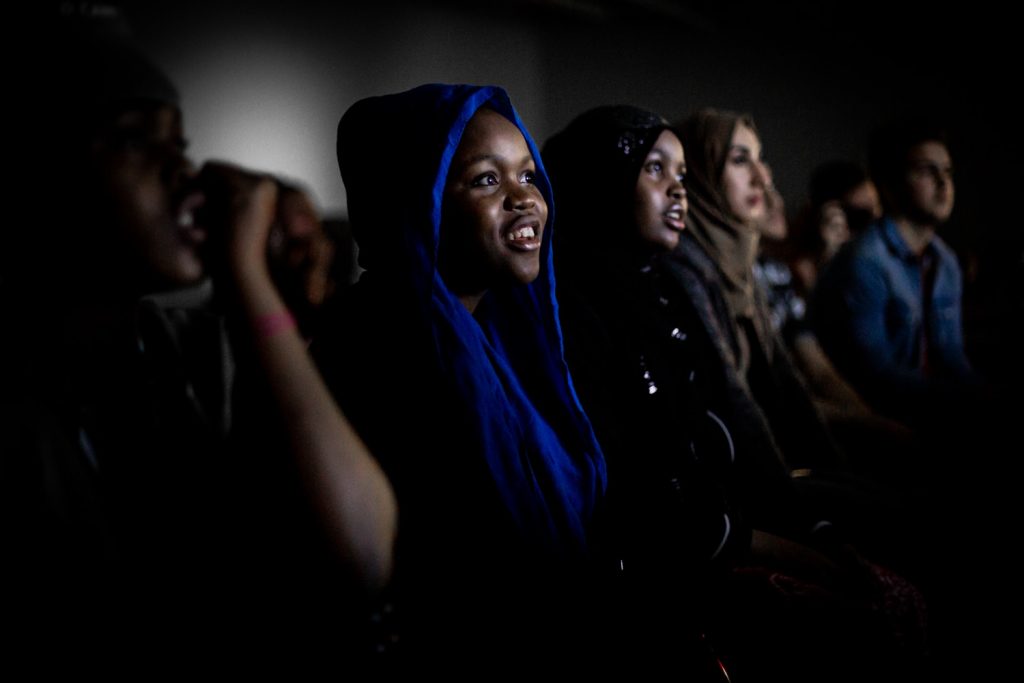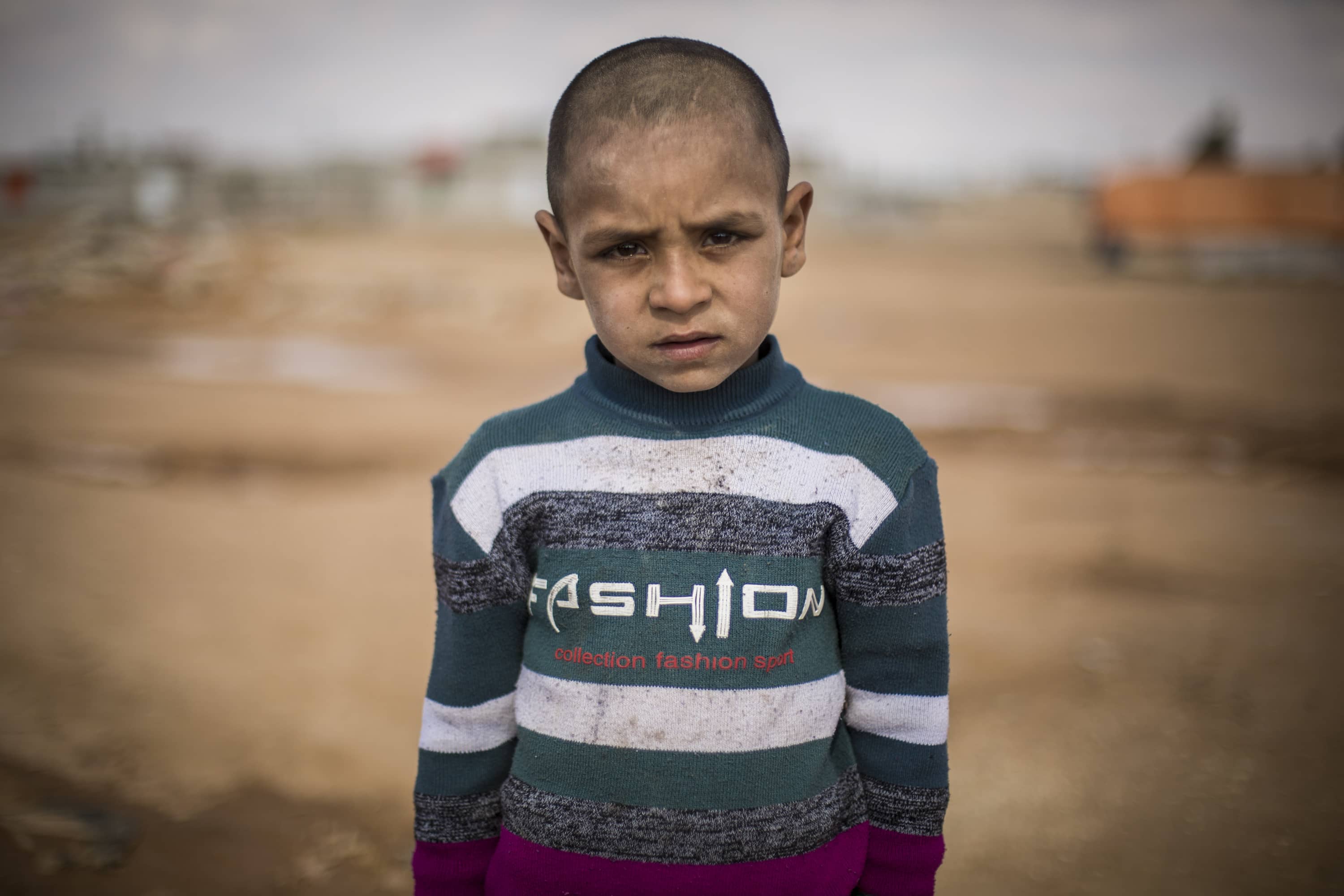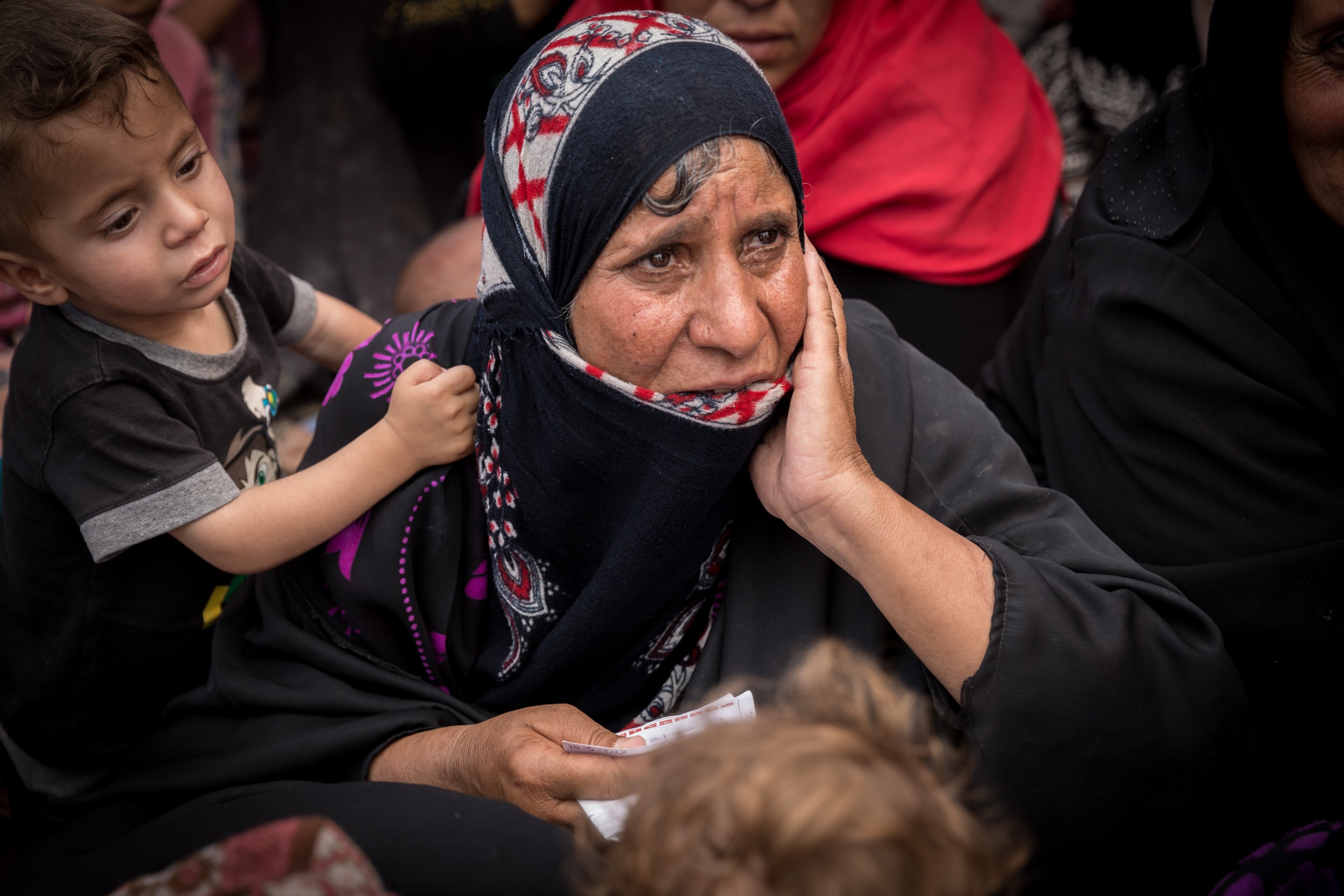Maranie Staab captures humanity through photos in Syracuse and beyond
Maranie Staab captures humanity through photos in Syracuse and beyond

At her TEDx talk in Pittsburgh, Pennsylvania in 2017, Maranie Staab debated showing the photographs she’d taken of the human face of war. Despite their graphic content, she chose to share them with the audience for the dignity of those represented in them.
“If we are big enough to fight a war, we should be big enough to look at it,” she said.
On June 12 of that year, Staab was volunteering with a medical team in West Mosul, Iraq when injured civilian children were brought into a trauma stabilization point after an airstrike. The resulting photos, blurred with the chaos of the night, tell a story of brutality in 21st century war.
The cries of mourning parents call out of the images, leaving viewers with the feeling of standing helplessly next to Staab when the shutter snapped. Some images depict Moslawi children, their bloody bodies wrapped in gauze or foil blankets after a coalition-led airstrike. This is a daily fear for the internally displaced people in Iraq who have been forced from their homes due to conflict.
“It’s real. This is what happened,” she said. “Collateral damage isn’t thousands of civilian lives. Collateral damage is a way of dehumanizing people into a neat package we can throw around.”



“These children never know what it’s like to be eight or nine or ten.”
Published by The Atlantic, Reuters, The GroundTruth Project and more, Staab’s photographs are raw and exacting. They expose moments most of us will never see. The images change with every glance, each time revealing more about the subjects and the situation.
Staab’s even tone does not reflect the emotional weight of her work. She seems cool and unaffected, relacing her shoes with a leather cord. But her reserved mannerisms are a veil for the outrage and deep sadness over the injustices she has witnessed. She just wants to understand.
“I believe in the importance of this craft at my core,” she said. “There is a lot of peace that comes with that.”
But it doesn’t stop her from thinking about the people she meets, the lives she witnesses. They are fuel for her. Telling stories that matter keeps her going.
Staab believes that half of anything is showing up. Her determination stems from a past as a Division 1 distance runner. She tackled her training with total commitment until a car accident in 2012 left her with multiple injuries, including two broken legs, and ended her running career. Staab turned to photography as a new way to see the world and communicate what is important to her.

In the last four years, photography has taken Staab across Europe, Africa, the Middle East, Southeast Asia and finally to Syracuse, where she is finishing her masters degree at the S.I. Newhouse School of Public Communications.
In addition to teaching and taking classes, Staab has continued her study of human displacement, working with refugees in Syracuse and Utica to share the truth of stateside resettlement. Connecting with the local refugee community through a non-profit called Hopeprint, Staab’s straightforward approach and genuine curiosity grants her access to their homes and lives, witnessing the underlying bravery and persistence of those who have sought safety and security in America.
Nicole Watts, the director and founder of Hopeprint, believes that Staab’s work is a reflection of her commitment to building relationships with her subjects.
“They can sense her desire to know the person more than just capture a photograph,” Watts said.



The authenticity of Staab’s photographs is on display through Saturday at ArtRage—the Norton Putter Gallery on Hawley Avenue. The exhibition, titled “Recreating Home: Photographs of the Refugee Experience,” features dynamic black and white stills that aim to highlight the refugees’ lives that are often misunderstood and misrepresented. Each image is accompanied by a story or a quote from the subject, giving viewers a name and experience behind each shot.
Kim McCoy worked with Staab to curate the exhibition at ArtRage. She believes those who oppose refugee resettlement in the United States don’t truly understand the experiences of displaced people.
“A lot of people don’t realize what (refugees’) experiences are,” McCoy said. “Maybe if they could understand some of that, they would have more compassion.”
The 30 photos were selected from an ongoing body of work and are not meant to be comprehensive of all refugee situations. They are a small peek into life restarted in a new country.
Staab is driven by a passion to understand the world and the people in it. She is unashamedly honest in her pursuit to connect with people.
“I’m just doing what I can to form relationships,” Staab said. “To get people to realize that I’m not here just to take a snapshot and leave.”
Any further questions about her work can be directed to the artist at maranie.staab@gmail.com.







